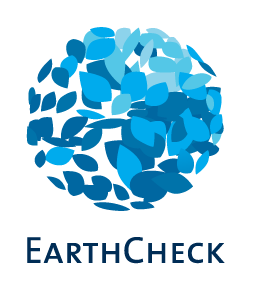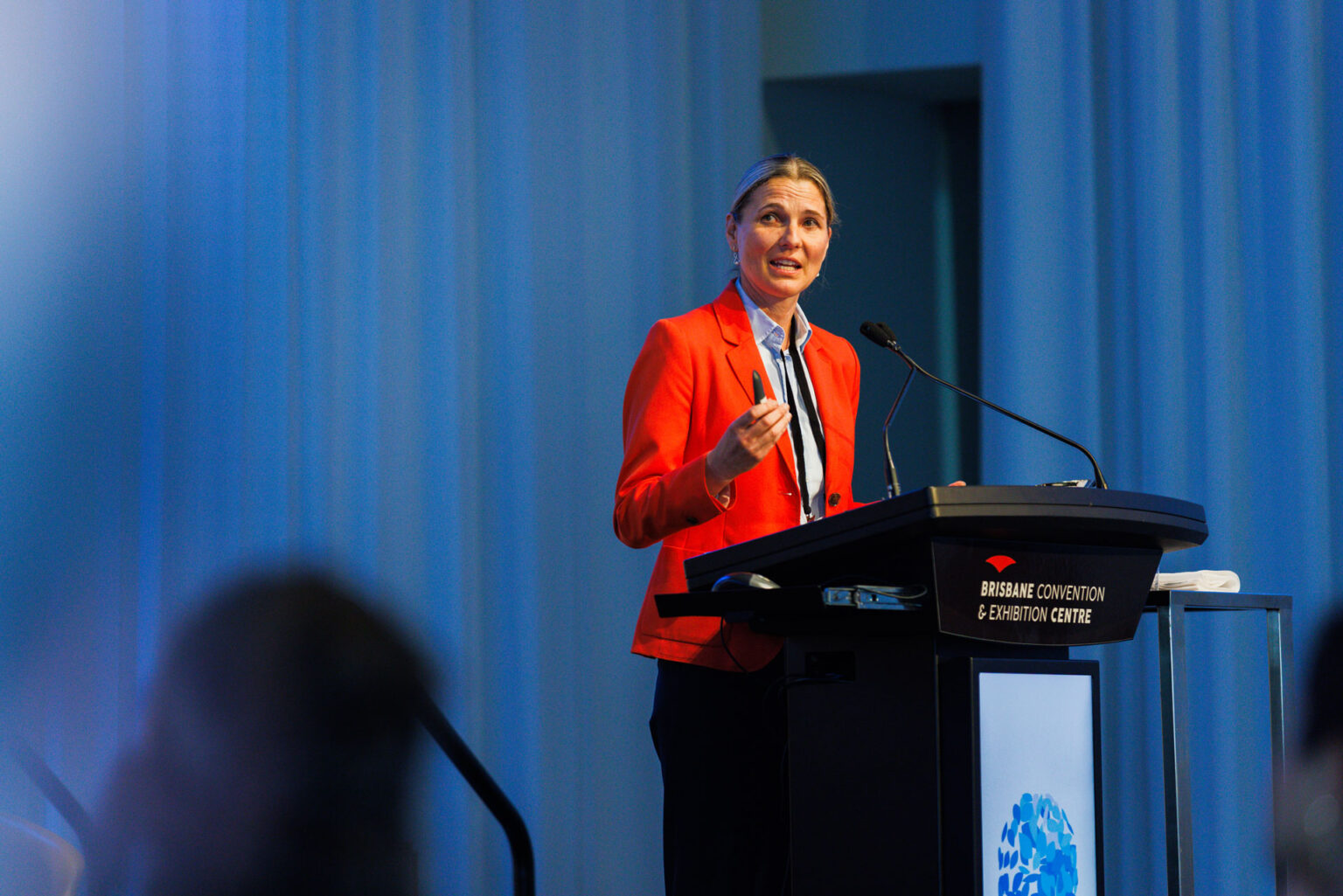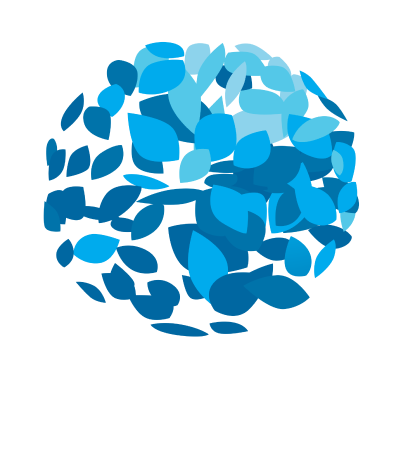We’re hearing a lot about ‘net zero’ emissions these days. It’s a goal that many countries, cities, and businesses are aiming for to help stop the planet from getting warmer. The idea is seemingly simple – for every bit of greenhouse gas we put into the atmosphere, we take the same amount out, so our net impact is zero.
But here’s the thing: while it’s great that so many are jumping on the net zero bandwagon, actually getting there isn’t just about making promises on paper. It requires real changes to how we use energy, how we travel, and how we make things.
So let’s peel back the layers of confusion around net zero and look at what this term really means. We’ll explore the science behind it, examine why it’s so important – and explain why it’s not as simple as it might seem.
What is net zero, really?
It’s important to understand that net zero doesn’t mean eliminating greenhouse gas emissions altogether. Instead, think of it like a scale – we want the amount of greenhouse gases we release into the atmosphere to be perfectly balanced by the amount we can take away.
The goal is to make sure our daily activities don’t add extra heat to the planet. Scientists, especially those in the Intergovernmental Panel on Climate Change (IPCC), the United Nations body for assessing the science related to climate change, tell us reaching net zero is crucial if we’re going to keep our Earth from becoming too hot to handle.
But getting to net zero isn’t as straightforward as it sounds. It’s not just about planting a few trees here or cutting down a bit on driving there. It’s a big change that needs to happen across everything we do, from how we power our homes to how we make and move things around. And sometimes, what seems like a simple solution can actually be pretty complicated.
That’s why it’s important to understand the whole picture and work together to make real changes that help our planet.
The problem with offsetting
Imagine the Earth as a giant recycling system, where carbon – a key building block of life – is passed around between the air, land, sea, and all living things. This natural loop, known as the carbon cycle, is crucial for keeping our planet healthy.
But when we burn fossil fuels like coal, oil, and gas for energy, or change how we use the land – by cutting down forests to use the land for farming, for instance – we throw a spanner in the works. We’re adding extra carbon dioxide (CO2) into the air, and it’s more than nature can handle. This buildup of CO2 is like a thick blanket around our planet, trapping heat and leading to global warming.
To fix this and reach net zero, we need to do two big things. First, cut down on the CO2 we’re adding to the atmosphere through things like cars, factories and power plants that run on fossil fuels. Second, help nature do its job better by protecting and restoring places like forests and oceans, which absorb CO2 from the air.
It’s like cleaning up after a party – we need to stop making a mess and start helping with the cleanup to get the house back in order.
Many companies and organisations claim they’re doing their part with this cleanup by purchasing carbon offsets to compensate for what they’re emitting. Essentially, the idea is that buying one carbon credit balances out one tonne of their greenhouse gas emissions by investing in projects that reduce, avoid or remove one tonne of emissions somewhere else. It’s like saying, “If I make a bit of a mess here, I’ll clean up an equal amount over there.”
Some carbon offsets are generated by projects that prevent new emissions, such as funding renewable energy to replace coal power. Other projects are dedicated to removing carbon that’s already in the atmosphere, through methods like planting trees or restoring wetlands.
The problem is that not all of these clean-up projects are equally effective. And even if they were, as long as they’re just being used to offset new emissions, then we’re still not tackling the root of the issue – we’re just maintaining the status quo and putting a band-aid on the problem, at a time when we need to be rapidly decreasing emissions and actively removing carbon from the atmosphere.
It’s a bit like trying to bail out a boat with a leaky bucket. If we don’t fix the leak, we’ll never stay afloat.
That’s why the goal needs to be to eliminate emissions wherever possible, and use offsetting to cancel out ‘leftover’ emissions – emissions that can’t practically be eliminated, such as the ‘fugitive’ emissions that remain even after you close a coal mine – rather than relying on them to do all the heavy lifting.
The path forward
While many companies are jumping on the net zero bandwagon and making big promises to cut down their carbon footprints, the devil is in the details.
Ultimately, what we really need to focus on is not just shuffling carbon credits around on paper, but actually reducing the greenhouse gases we release into the atmosphere. This means doing the hard work of changing how we operate, and also helping nature do its job by protecting the forests, oceans, and other natural systems that soak up carbon from the air.
It’s not just about having a shiny ‘net zero’ badge; it’s about making real changes that add up to a healthier planet.

Here’s the blueprint for making these changes a reality:
- Set solid targets: We need crystal-clear goals for cutting emissions and ramping up our ability to pull carbon out of the air. This isn’t just about lofty aspirations; it’s about actionable, measurable steps that bring us closer to net zero every day. EarthCheck’s benchmarking can help you here.
- Differentiate actions: It’s vital to understand the difference between reducing emissions (decarbonisation) and actively helping the Earth to absorb more carbon (enhancing natural carbon sinks like forests and oceans). Both are crucial, but they require different approaches and strategies. A recent article published in Science of the Total Environment, contributed to by EarthCheck Research Institute members Dr Susanne Becken and Professor Graham Miller, made the case that introducing two targets – one for absolute reductions and one for carbon removal – would be helpful for minimising confusion about what ‘net’ means.
- Join forces: Achieving net zero isn’t a solo mission. It demands a united front, where everyone from global leaders to local communities and businesses pull together, contributing their part to a larger, cohesive effort. EarthCheck has a network of businesses, researchers and analysts to assist you.
- Ensure authenticity: Every step towards net zero must be genuine, making a real dent in our carbon footprint. This means commitments should be transparent and verifiable, standing up to scrutiny and driving real change. Read EarthCheck’s latest storytelling guides for operators and destinations for more information on how to communicate your sustainability journey.
The push for net zero is about much more than just crunching carbon numbers. It’s about fundamentally reshaping our relationship with the Earth, ensuring our actions today pave the way for a greener, more sustainable world.
With a steadfast commitment to science, integrity, and openness, we can bridge the gap between knowledge and action, ushering in a future where humanity and the planet thrive together.







